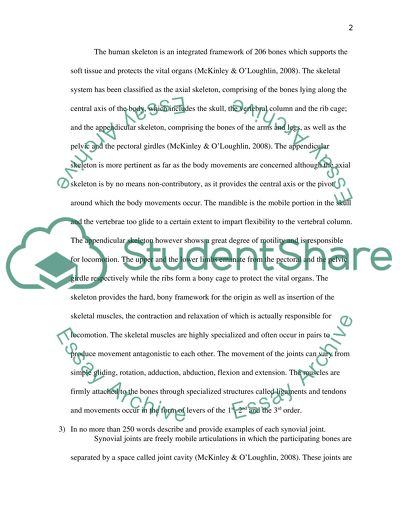Cite this document
(“Biomechanics - Body Movements Assignment Example | Topics and Well Written Essays - 1000 words”, n.d.)
Retrieved from https://studentshare.org/biology/1453362-biomechanics-body-movements
Retrieved from https://studentshare.org/biology/1453362-biomechanics-body-movements
(Biomechanics - Body Movements Assignment Example | Topics and Well Written Essays - 1000 Words)
https://studentshare.org/biology/1453362-biomechanics-body-movements.
https://studentshare.org/biology/1453362-biomechanics-body-movements.
“Biomechanics - Body Movements Assignment Example | Topics and Well Written Essays - 1000 Words”, n.d. https://studentshare.org/biology/1453362-biomechanics-body-movements.


